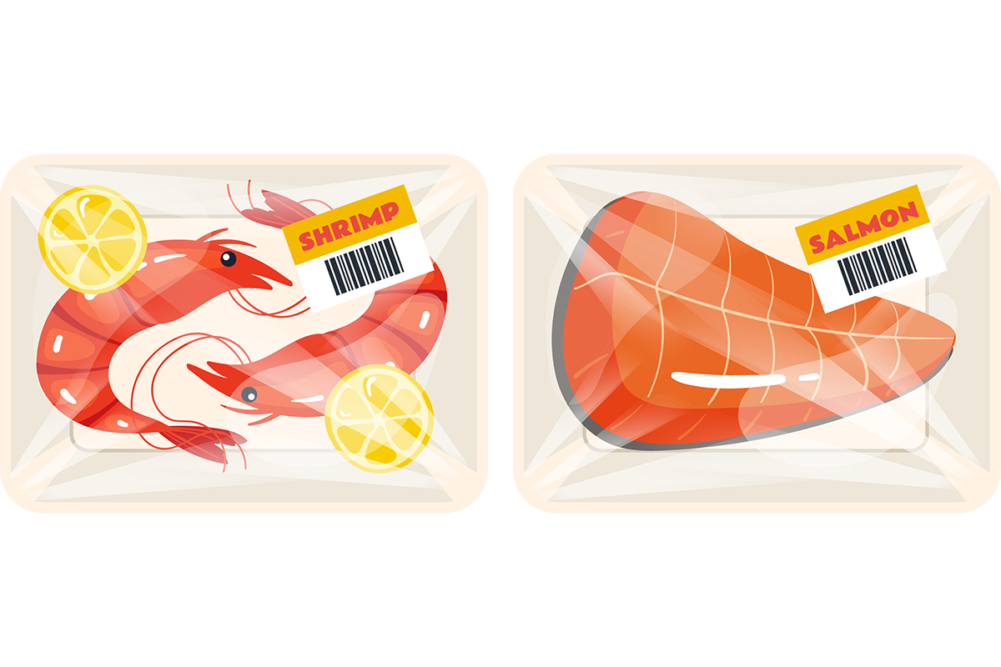After a positive 2022 in the global seafood market, demand is easing in Europe and the U.S. as recessionary behavior has been established in both retail and foodservice, according to Rabobank’s recent Global Aquaculture Update 1H (first half of) 2023.
In the U.S., the demand for shrimp has cooled and will take some time to rebound while salmon demand remains robust, though weaker than it was in 1H 2022, according to Rabobank.
“Salmon is proving to be a resilient species, with demand holding firm even as other species are affected by recessionary consumer behavior,” according to Rabobank. “This, combined with tight supply, creates expectations for high prices in 1H 2023. Costs are also expected to remain high, however, and will only begin declining later in the year. The Norwegian government’s proposed tax on the industry introduces a key uncertainty. If it becomes reality, it will have considerable consequences on the industry.”
When it come shrimp, meanwhile, softer demand and high supply have generated a low-price scenario that will persist in 1H 2023, according to the report. Although costs are below the peak, Rabobank expects a very challenging period for shrimp farmers globally.
“We expect supply growth to decline considerably in 1H 2023, although Ecuador will still expand production. Demand from China is the most unpredictable factor. China is back as the driver of demand, although its foodservice industry, at least in early 2023, will be impacted by fears of Covid infection.”
The report also found that:
- U.S. shrimp import volumes and value in 1H 2023 are likely to fall below 2022, with YTD November 2022 imports up 2% in value and down 4% in volume.
- Although the salmon industry is experiencing weak Chilean supply, a strong U.S. demand has influenced supportive prices.
- The U.S. salmon market increased by 1.36% YTD October 2022, with frozen fillets the best performing category at 14% growth.

